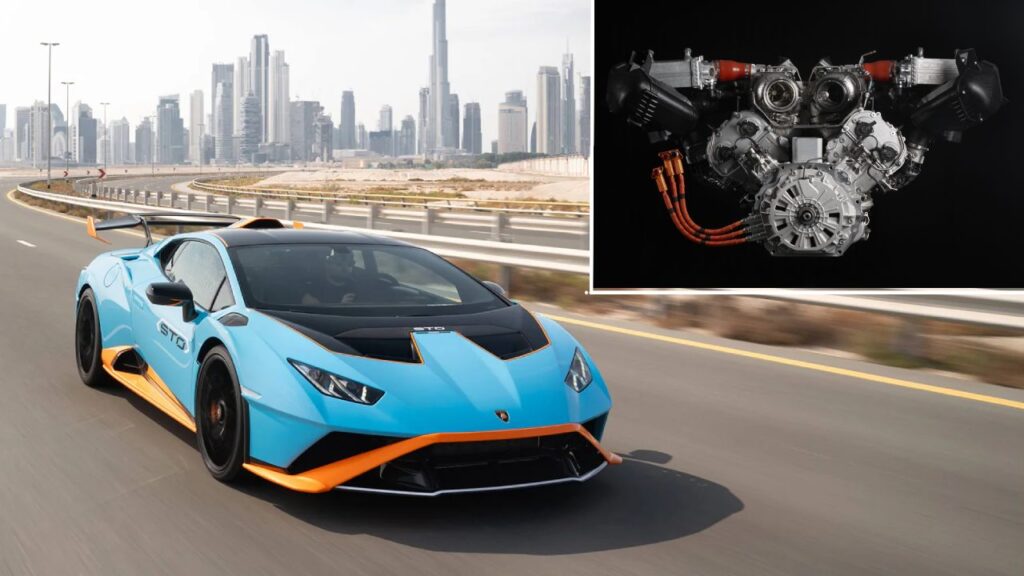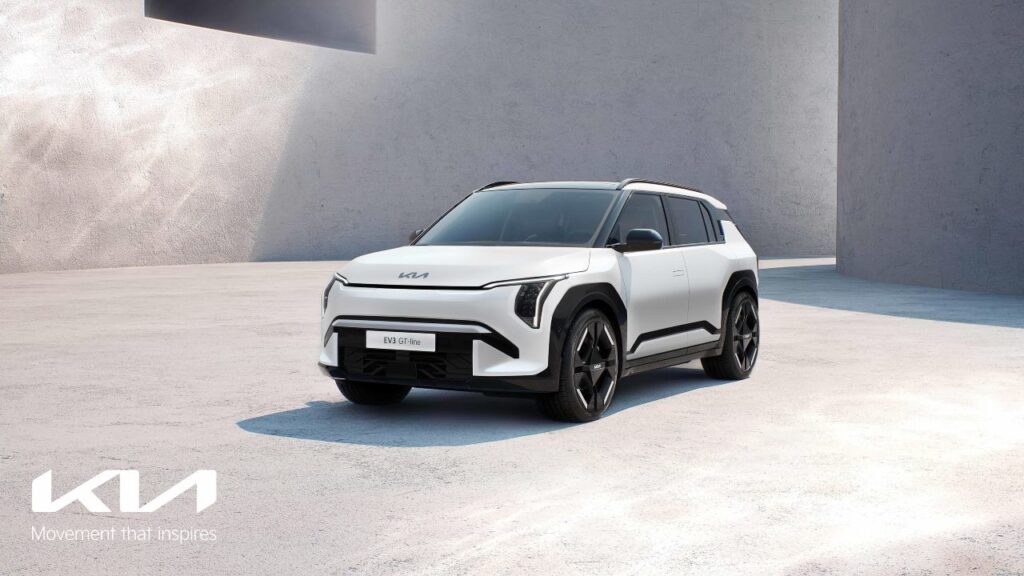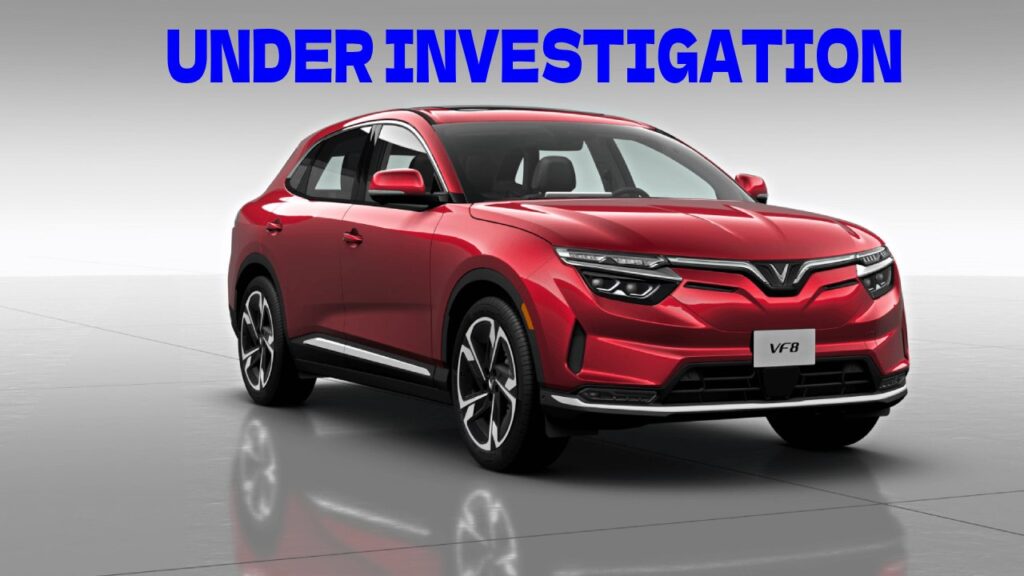Discounts On Rivian R1T And R1S – All You Want To Know
The American EV startup is adopting the orthodox method of boosting sales. In a bid to boost its Q2 sales, Rivian is offering enticing discounts on its R1T and R1S EVs. The California-based EV startup is evidently feeling the heat as the U.S. EV industry braces for a slowdown. However, to boast decent sales figures for Q2, Rivian is offering attractive offers on the existing inventory for 2023 and 2024 models of the R1T electric pickup truck and R1S three-row electric SUV. You might also like: 2025 Rivian R1 EVs To Get Heat Pump As Standard, New LFP Battery Discounts on Rivian R1T and R1S Note that the price cuts are applicable to the existing inventory both in the U.S. and Canada. A Drive Tesla Canada report highlights the specifics of this offer. Various price cuts are being offered on multiple versions of the R1T and R1S. These include: Rivian R1T Electric Pickup Truck Rivian R1S Electric SUV These are some pretty decent and sizeable discounts to reel new customers in. It is, sort of, becoming crucial to draw buyers in to ensure a decent quarter. Note that Rivian delivered a healthy 13,588 EVs in Q1 2024. While this marks a remarkable 71% growth on a year-on-year basis, it is still less than what it sold in the previous three quarters. Therefore, the EV startup wants to maximize its chances to close this quarter on a high. Regarding these price cuts, Rivian said, “Now is the time” to take advantage of the discounts of “approximately 20 per cent”. Remember these offers are valid on the existing inventory only. Apart from that, Rivian recently confirmed that it is partnering with Google on Google Cast and YouTube integration for its EVs. It will allow the drivers to stream high-definition video content with premium sound directly to their vehicles’ screens using a native YouTube app and Cast-enabled apps on their smartphones or tablets. You might also like: Rivian R3 Reminds Us Of Hyundai Ioniq 5, R2 Also Spotted Testing Learn Electric Cars Says The need to resort to the oldest trick in the book (price cuts) informs us that the atmosphere surrounding EV growth and sales is slightly concerning. Sure, it is not the end of the road for electric cars as most EV-haters would suggest. The overall sales are projected to keep growing. However, the pace at which the growth was anticipated will most likely be slow. This is true for the U.S. and China, the two biggest automobile markets on the planet. To know the specifics of what the exact scenario would be like this year, we shall have to wait.










